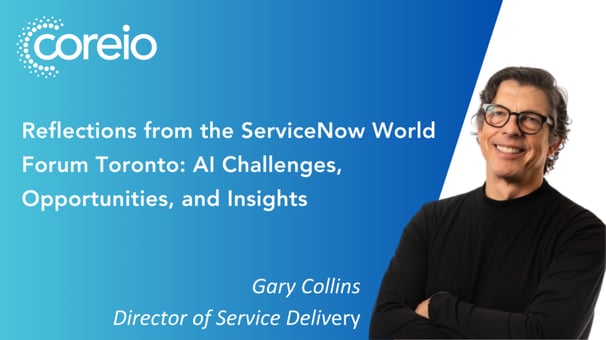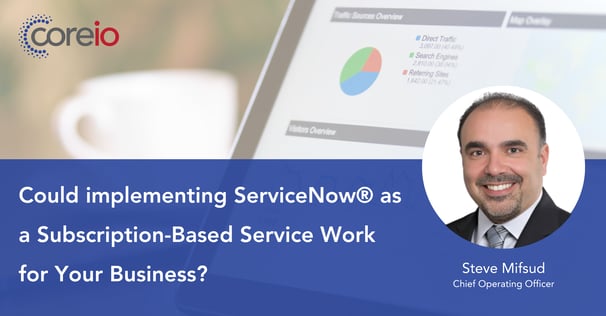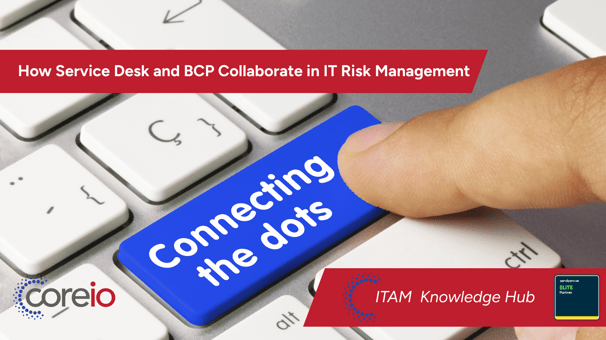Twice a year, ServiceNow drops a tidal wave of innovation. The Yokohama release (March 2025) is no exception — but as always, the challenge for IT leaders isn’t just knowing what’s new. It’s knowing what matters for your business outcomes.
Below, we break down the most impactful Yokohama features across Now Assist, Virtual Agent, ITSM, ITAM, and ITOM — not in technical terms, but through a strategic lens: What should CIOs prioritize? Where’s the hidden value? And what’s the risk of standing still as competitors embrace these capabilities?
🚀 Now Assist: Generative AI is No Longer Optional
ServiceNow is betting big on generative AI — and with Now Assist in the Yokohama release, it’s making good on the promise to embed it across workflows.
You can now expect AI-generated summaries for incidents and change requests, smart email responses, predictive recommendations, and search enhancements. This isn’t “AI hype” anymore — it’s operational efficiency you can measure.
Why it matters:
If you're serious about scaling support without scaling headcount, this is your lever. Generative AI isn't replacing your people — it's letting them do more of the work that matters.
Leader Insight:
AI outcomes are only as good as the data behind them. If your CMDB or asset data is noisy, Now Assist may surface more confusion than clarity. On the other hand, organizations with clean, well-maintained configuration data can reduce ticket resolution times by up to 40% using AI-assisted summaries. Clean data = smart automation.
➡️ See official Now Assist updates in Yokohama
➕ Related reading from Coreio: Beyond Chatbots: How ServiceNow Now Assist is Revolutionizing IT Change Management
📦 ITAM: What You Don’t Know About Assets Could Hurt Your Compliance
In this release, Software Asset Management gets smarter about unused and overlapping Microsoft 365 licenses, while Hardware Asset Management is better aligned to lifecycle management and reclamation.
Why it matters:
If your organization is still treating ITAM as “inventory,” you’re missing the bigger picture: audit risk, over-licensing waste, and uncontrolled cloud sprawl. ITAM is both your compliance shield and your savings engine — especially in a budget-conscious year when every dollar counts.
➡️ See ITAM enhancements in Yokohama
📹 Watch now: From pitfalls to progress: navigating HAM & SAM with industry experts
🤖 Virtual Agent: AI That Speaks Your Team’s Language
The Virtual Agent is no longer just a chatbot — it’s now a powerful front-line tool that delivers real, human-like support at scale. In Yokohama, it gets tighter integration with Now Assist, more intuitive conversation flows, and faster response rendering — especially in Microsoft Teams.
Why it matters:
CIOs focused on employee experience should see Virtual Agent as a low-lift, high-value way to reduce wait times, deflect tickets, and modernize service delivery — all while freeing up the service desk. Organizations implementing Virtual Agent well typically see 25-35% first-contact resolution improvements.
Practical Advice:
One common pitfall is poorly scoped use cases. Start with repeatable, high-friction interactions like “password reset” or “software request” to build early wins and user trust. Then, map your top 10 ticket categories and focus on the 3–4 with the highest volume for maximum impact.
➡️ Explore Virtual Agent updates in Yokohama
🛠 ITSM: Less Firefighting, More Forecasting
Yokohama’s ITSM updates center on smarter incident response, AI-powered classification, and more agile change management workflows. Combined with the Service Operations Workspace (which unifies agent tools, knowledge, and workflow guidance in a single interface, see the following diagram from ServiceNow), the platform is pushing toward a more proactive, less reactive model.

Why it matters:
It’s not about managing incidents faster. It’s about having fewer incidents to manage. With predictive intelligence and tighter change planning, you can reduce risk, not just response time. Yokohama's enhanced anomaly detection helps you spot potential issues days before they impact users.
Bonus benefit:
Yokohama brings significantly improved mobile-first support with redesigned UI elements and offline capabilities — a must for field teams or executives who need to approve changes while traveling or working remotely.
➡️ See ITSM updates in Yokohama
🌐 ITOM: You Can't Optimize What You Can't See
Yokohama continues ServiceNow's march toward total infrastructure visibility. Cloud orchestration is easier with enhanced multi-cloud connectors. Log analytics are smarter with pattern recognition. Event correlation is more accurate, reducing alert noise by identifying root causes faster.
Why it matters:
Your infrastructure isn't static — your visibility shouldn't be either. ITOM in Yokohama helps leaders see issues before users do, reduce alert fatigue, and close the loop between detection and resolution. The new service graph capabilities visualize dependencies that previously remained hidden until they caused outages.
➡️ See ITOM updates in Yokohama
Staying Current Isn’t Optional. Coreio Makes It Seamless.
Twice a year, ServiceNow delivers transformational features. But too often, those features go underused — or unused entirely — because internal teams don’t have the time, bandwidth, or expertise to implement them.
That’s where Coreio comes in.
Our Platform Support offering ensures you stay aligned to ServiceNow’s release schedule — not just upgraded, but optimized. We help clients adopt the right features, avoid the wrong ones, and drive continuous value from their ServiceNow investment.
Let Coreio help you unlock your ServiceNow's full potential. Schedule a Yokohama strategy call.




